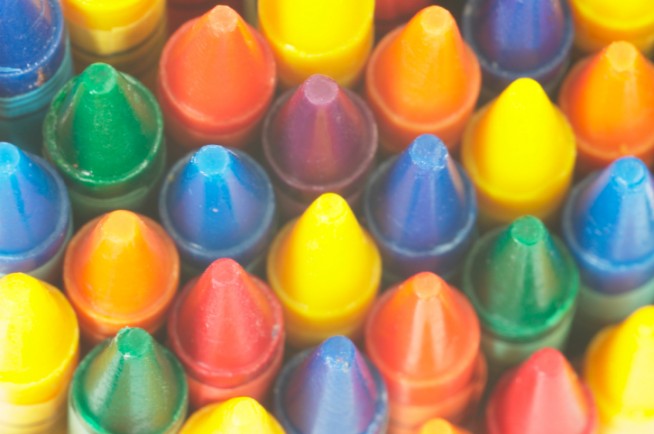I’ve read a lot of advice about how to spark creativity. Everyone’s creativity takes a different form, however, so the advice that works varies from person to person.
For example, I put a lot of pressure on myself to be efficient and productive. One of my struggles, therefore, is to allow myself to spend time on activities that don’t pay off in some direct way. Creativity often involves play, digression, exploration, experimentation, and failed attempts; it doesn’t always look productive.
As ludicrous as it may sound, I have to force myself to wander, and schedule time for goofing off.
Here are some creativity-boosting strategies that work for me:
1. Take notes. I have a compulsion to take notes as I read. I write down quotations and bits of information that catch my interest. In fact, all my book projects have really been ways to justify taking the notes that I most wanted to take.
I used to fight the urge to take notes that weren’t related to a specific project, but now I let myself go. I make strange lists, for no reason. I take notes without a purpose. I realize that sometimes, even many years later, I do find a purpose for those notes. All this note-taking is time-consuming, but in the end, highly satisfying. Along the same lines, I…
2. Follow my interests. I no longer try to curb my reading impulses; I don’t try to stop myself from reading everything ever written about St. Therese of Lisieux, or everything that Gary Taubes has ever written about nutrition, or lots of children’s literature. Instead of focusing on what I “ought” to be doing, I allow myself to wander—by buying an odd book, poking around the internet, or exploring an unusual place.
3. Buy supplies. As a confirmed under-buyer, I dislike making purchases, but in keeping with my resolution to “enjoy a modest splurge,” I encourage myself to make an occasional creativity-supporting purchase. A few months ago, I bought a beautiful set of magic markers and an oversized pad of drawing paper. For some reason, I just craved them. And indeed, when I got home, I sat down to a spell of…
4. Draw an idea-map. This is a process of writing down ideas in a way that helps you see new relationships and possibilities. I begin with a symbol or word in the center, and then map out my associations with that word—using single words and colored pens to keep the ideas vivid and clear. By mapping out my ideas, I get a new kind of insight into my own thoughts.
5. Enjoy the fun of failure. This catchphrase has made a huge difference to me. I’m very ambitious and want to succeed at everything I try, and that makes me very anxious—which isn’t a creative frame of mind. Telling myself that I can enjoy the “fun of failure” has made me (somewhat) more lighthearted about taking risks. As G. K. Chesterton wrote, “If a thing is worth doing, it is worth doing badly.”
6. Read random magazines. Every once in a while, I pick up several magazines that I would never ordinarily read. It’s surprisingly interesting and useful. And I love the feeling of possibility that I get whenever I browse in one of those stores that carries 500 different magazines.
7. Indulge my magpie impulses. I was fascinated to read that when Twyla Tharp has a new project, she starts a cardboard file box to collect all the materials that inspired her—everything from a toy to a CD to a photograph. The first thing she puts in is a slip of paper with a stated goal for the project—something like “keep it simple” or “something perfect” or “tell a story.” “Everything is raw material,” she says. “Everything is relevant. Everything is usable. Everything feeds into my creativity. But without proper preparation, I cannot see it, retain it, and use it.” When I have the urge to collect materials, articles, or information, I now indulge it. Although I generally fight against any stuff that could become clutter, as with note-taking, I find that these collected materials help spur my creativity.
One of the main outlets for my magpie impulses is this blog. Here I collect many of my favorite quotations, intriguing passages from books I’ve read, interesting images, stories I’ve heard from my friends, and questions that plague me. It’s very, very satisfying. I used to worry that writing every day on my blog would drain me of ideas, but in fact, the more I create, the more I want to create.
What strategies have you found to help spur creativity? What works for you?
Gretchen Rubin is the author of the #1 New York Times Bestseller, The Happiness Project—an account of the year she spent test-driving the wisdom of the ages, current scientific studies, and lessons from popular culture about how to be happier. On her popular blog, The Happiness Project, she reports on her daily adventures in the pursuit of happiness. Gretchen is also on Facebook and Twitter.












